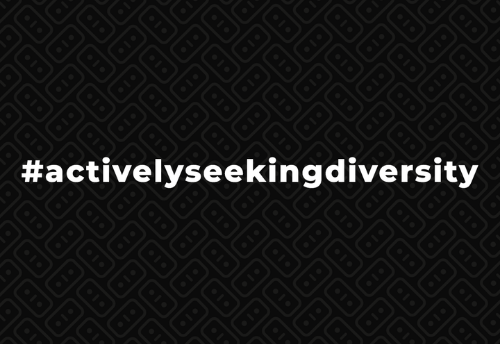Role of AI in Digital Marketing
In a matter of few decades, computers have revolutionized the way we see and interact with the world. Businesses have been the major beneficiaries of this change. Digitalization of processes have increased the efficiency and trust in the system, and today, the majority of organizations make decisions backed by data. While all this progress has helped businesses benefit, research and development in areas of Computing, Machine Learning, Artificial Intelligence, VR and AR have matured in parallel. We are again at a cusp where these technologies will impact all walks of our life. AI in particular is moving mountains and is playing a crucial role in search, personalization, chatbots and churn prediction.
The role of artificial intelligence in search is growing by leaps and bounds. With advances in machine learning, AI can now interpret not only the context of a query but also the context of user behaviour.
AI-driven search takes into account external cues, such as previous search terms, location and user interest. Applications like Swiggy use this information to make predictions about what a user really means when he or she enters a query. For example, when someone searches for “pizza,” Swiggy can assume that the user is looking for a pizza restaurant near his/her current location.
As we look ahead, AI will evolve beyond the state-of-the-art search experiences we have today into something even more amazing. We’ll see more human-like interactions with our devices and a new level of personalization in how results are presented.
In the age of information, we have easy access to a plethora of content in various media forms. In fact, the amount of content available is so overwhelming that it’s often difficult for users to find relevant content. Personalization is the key to customer experience in an age where people are constantly bombarded with information.
Personalization is key to successful customer engagement. When products and services are tailored to individual needs and preferences, customers experience greater satisfaction and loyalty. In the past, marketers have used A/B testing and multivariate testing to deliver personalized content to individual customers on websites. However, with the development of AI, personalization has become more intuitive, relevant, and sophisticated.
Netflix and Spotify are few of the early adopters of extensively using AI to provide personalized content to its users. Over the years their personalization techniques have made them undisputable entities in their respective segment.
Chat Bots
The promise of artificial intelligence (AI) has permeated every part of the business world, and customer service is no exception. AI’s most common application in customer service is as a chatbot, thanks to improvements in natural language processing, today chatbots can simulate human-like conversations.
With the help of AI chatbots, we are able to predict the next move of users and also remember previous interactions that allow them to provide better recommendations. From chatbots to virtual assistants, AI tools are helping businesses provide faster, more accurate support while simultaneously reducing costs.
Content Creation
Content creation is an important activity for any brand today. With the proliferation of content across various mediums, more and more people are creating content. The question is how to create quality personalized content that is interesting and engaging.
Creating quality personalized content takes a lot of effort and time. Many brands are now leveraging Artificial Intelligence technologies like GPT-3 to create well-formed content. This is truly revolutionary as it enables anyone with basic knowledge to leverage these technologies to create unique and engaging content that is personalized for the target audience.
The possibilities are endless when we think about the impact of Artificial Intelligence on content creation. From generating text based on images to creating audio based on text or even video-based on text, the possibilities are endless.
This content was originally published here.

